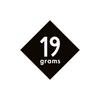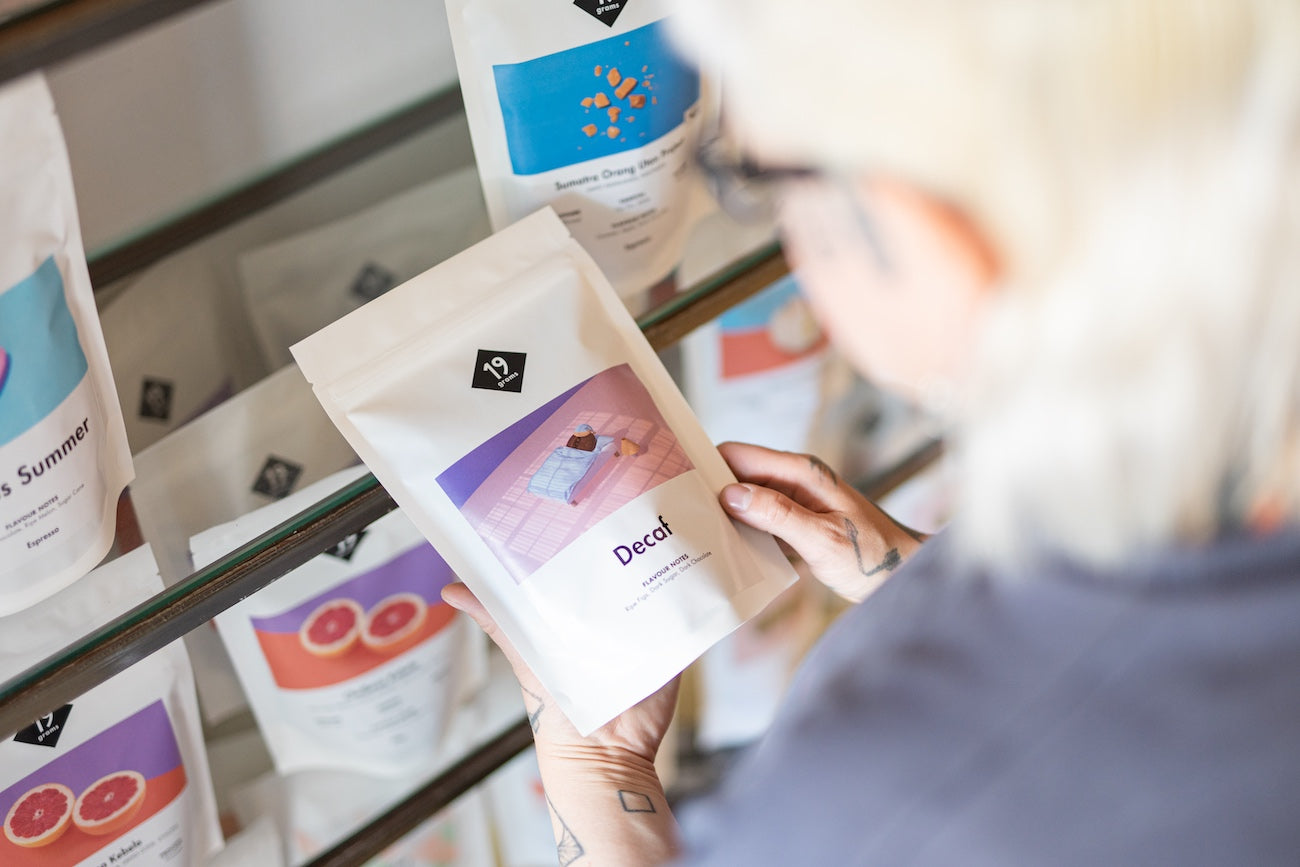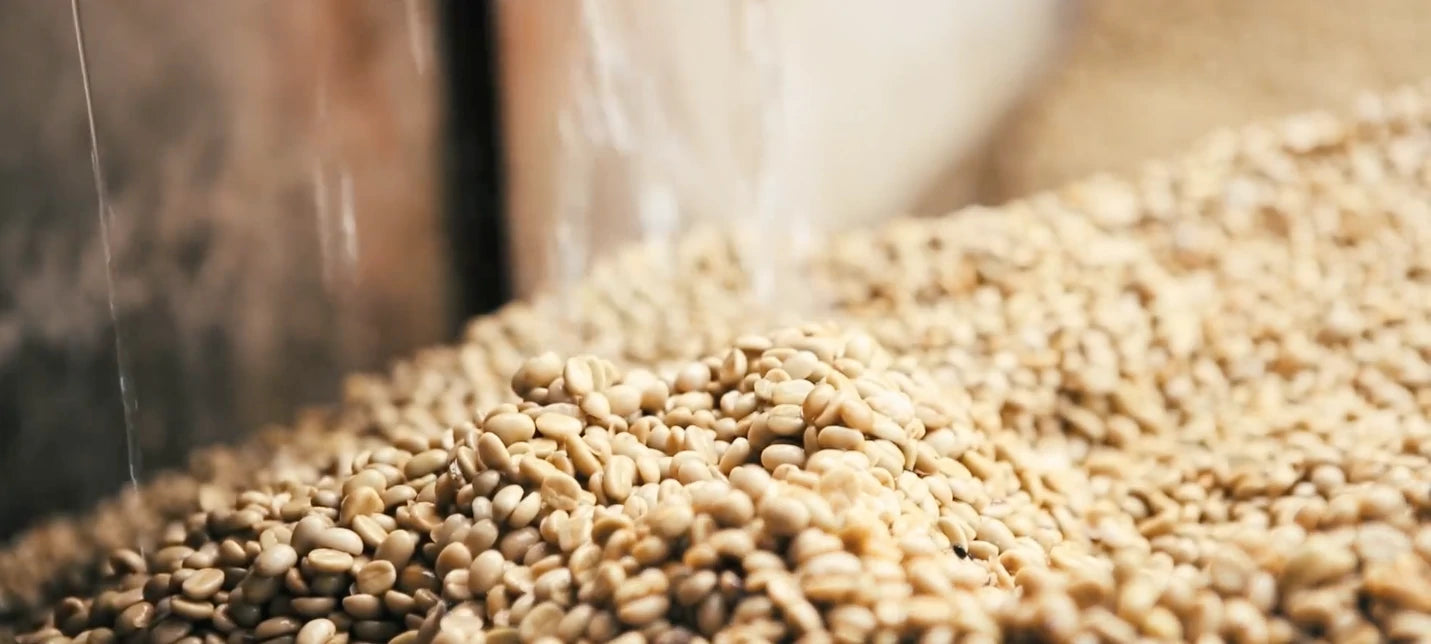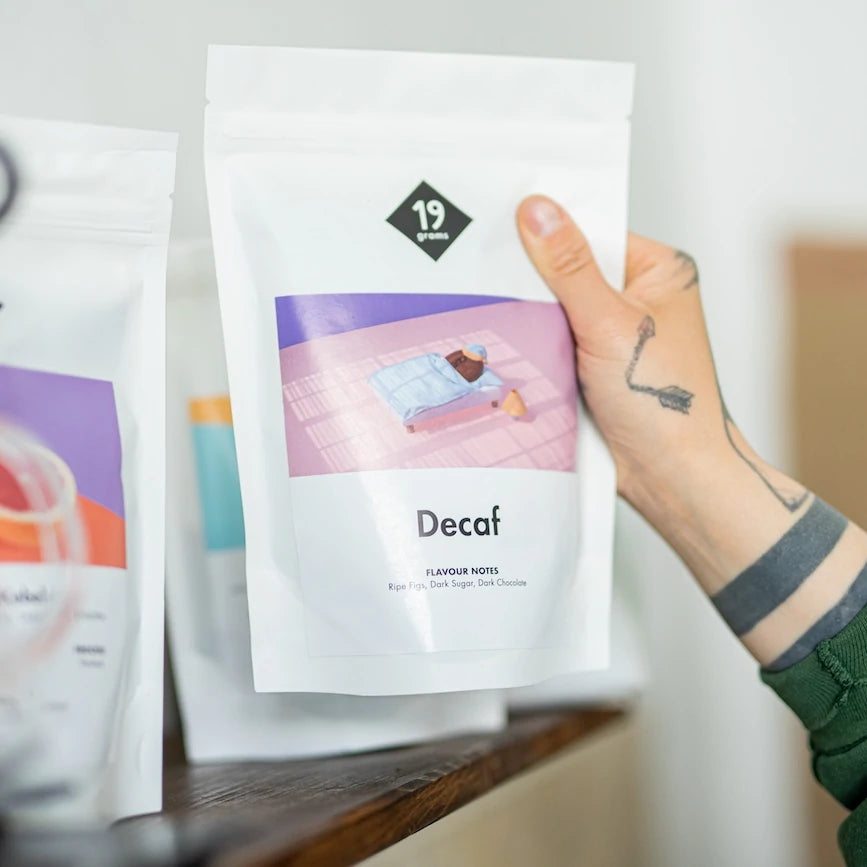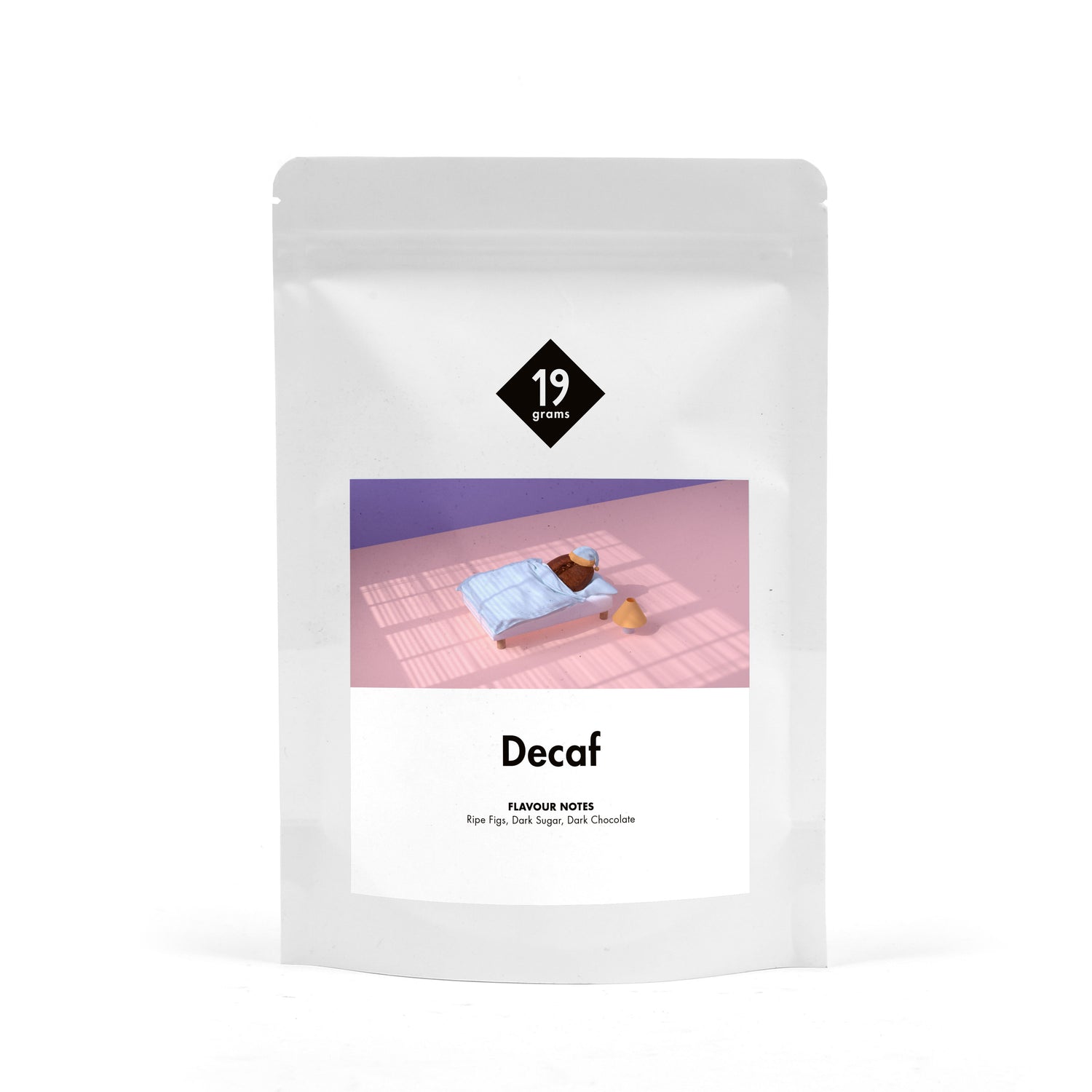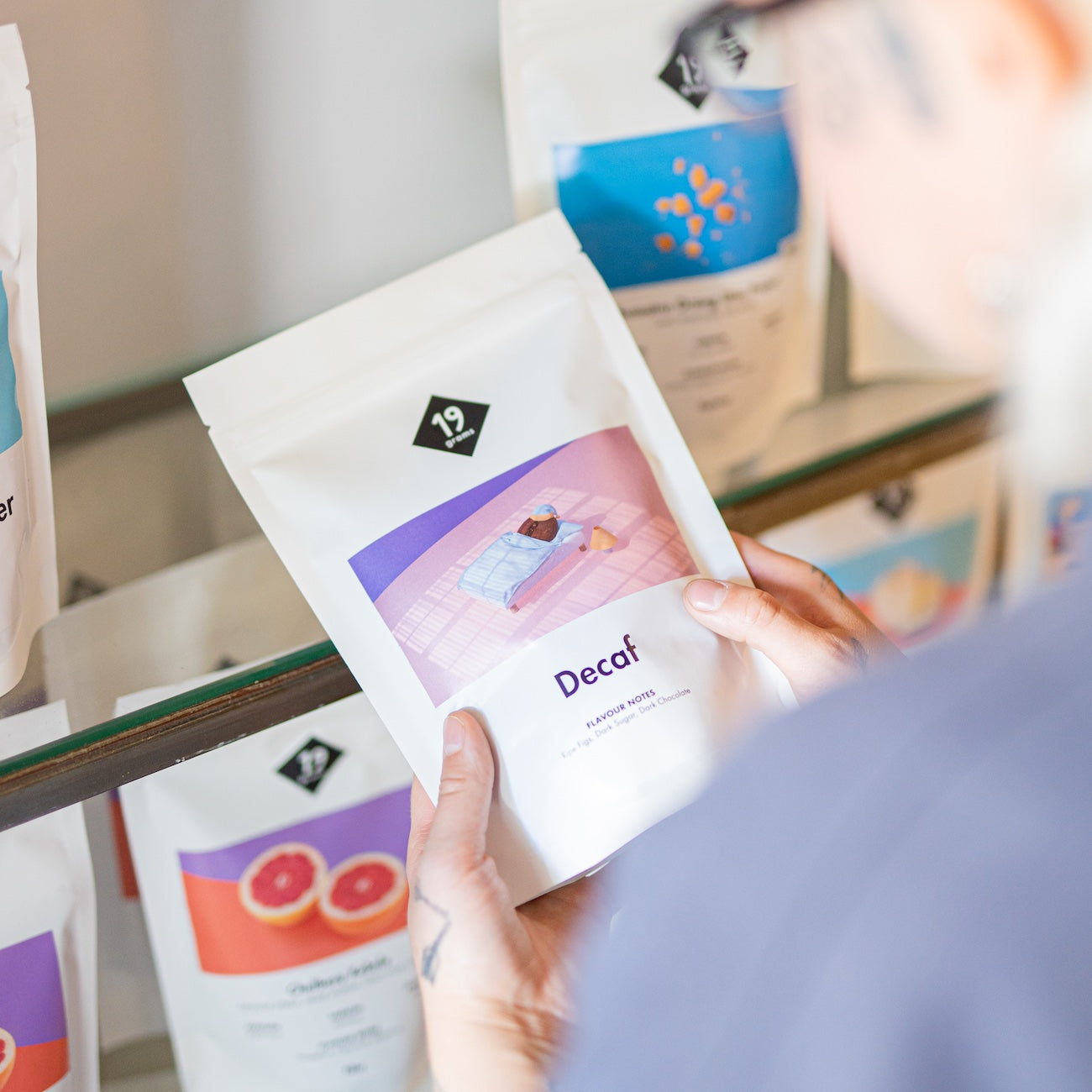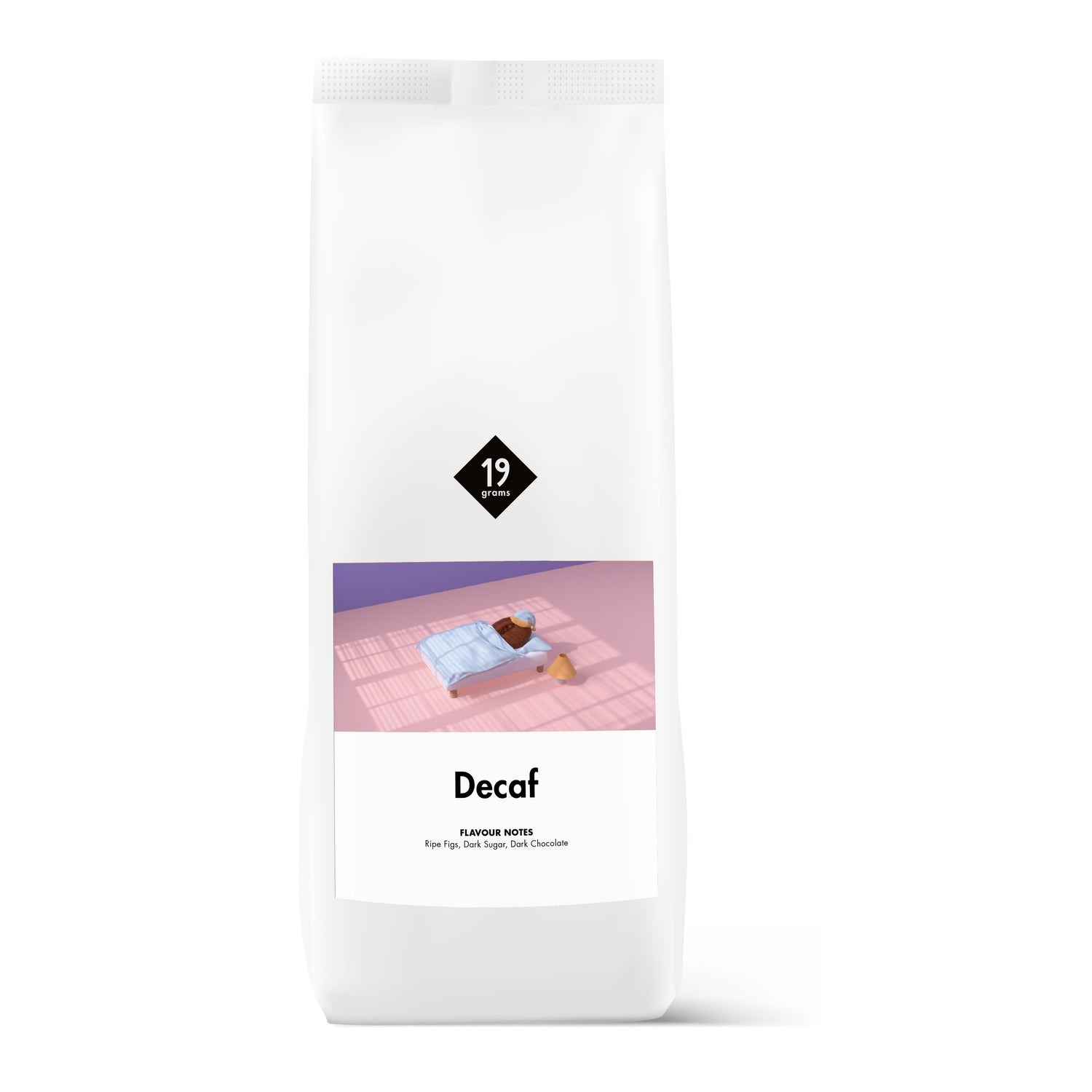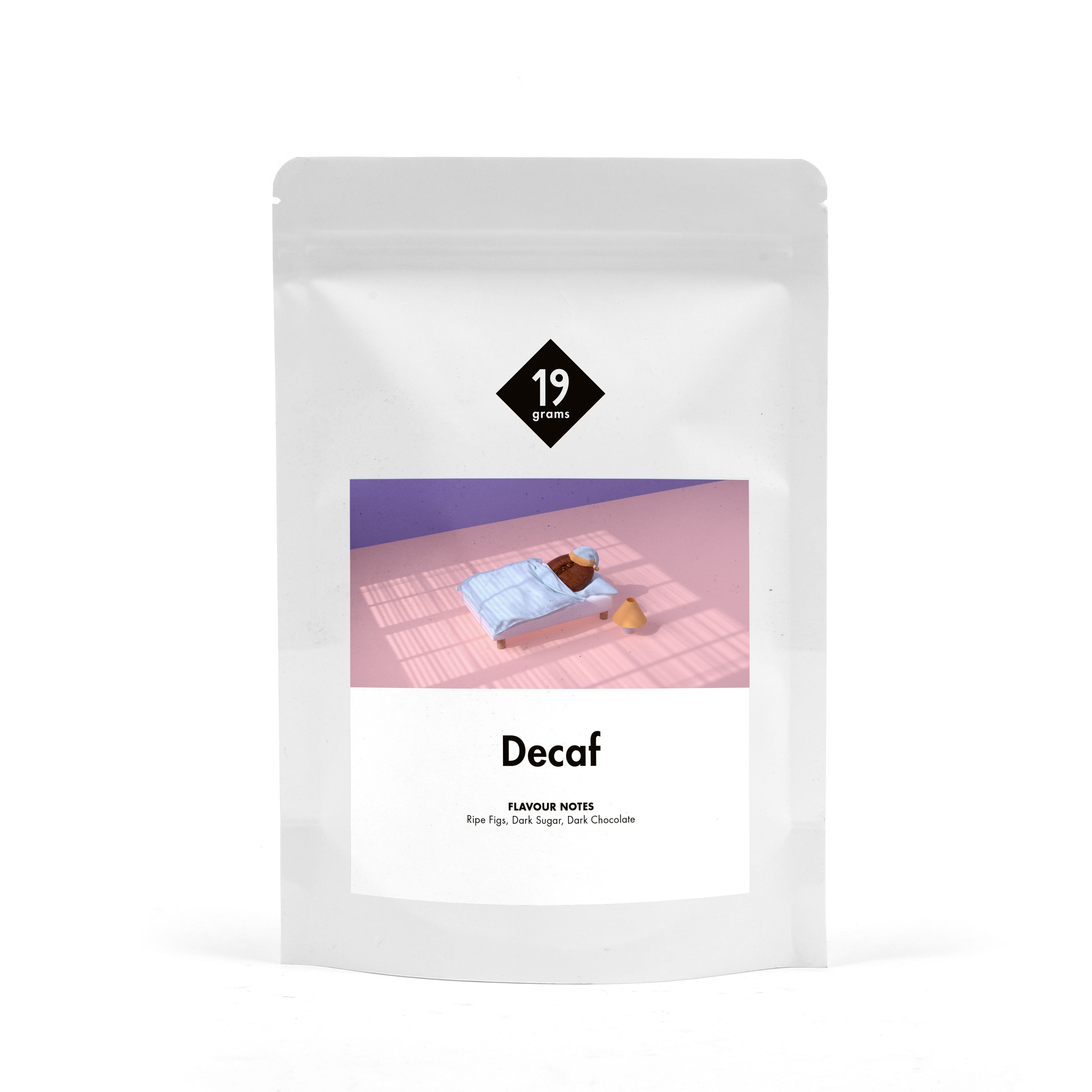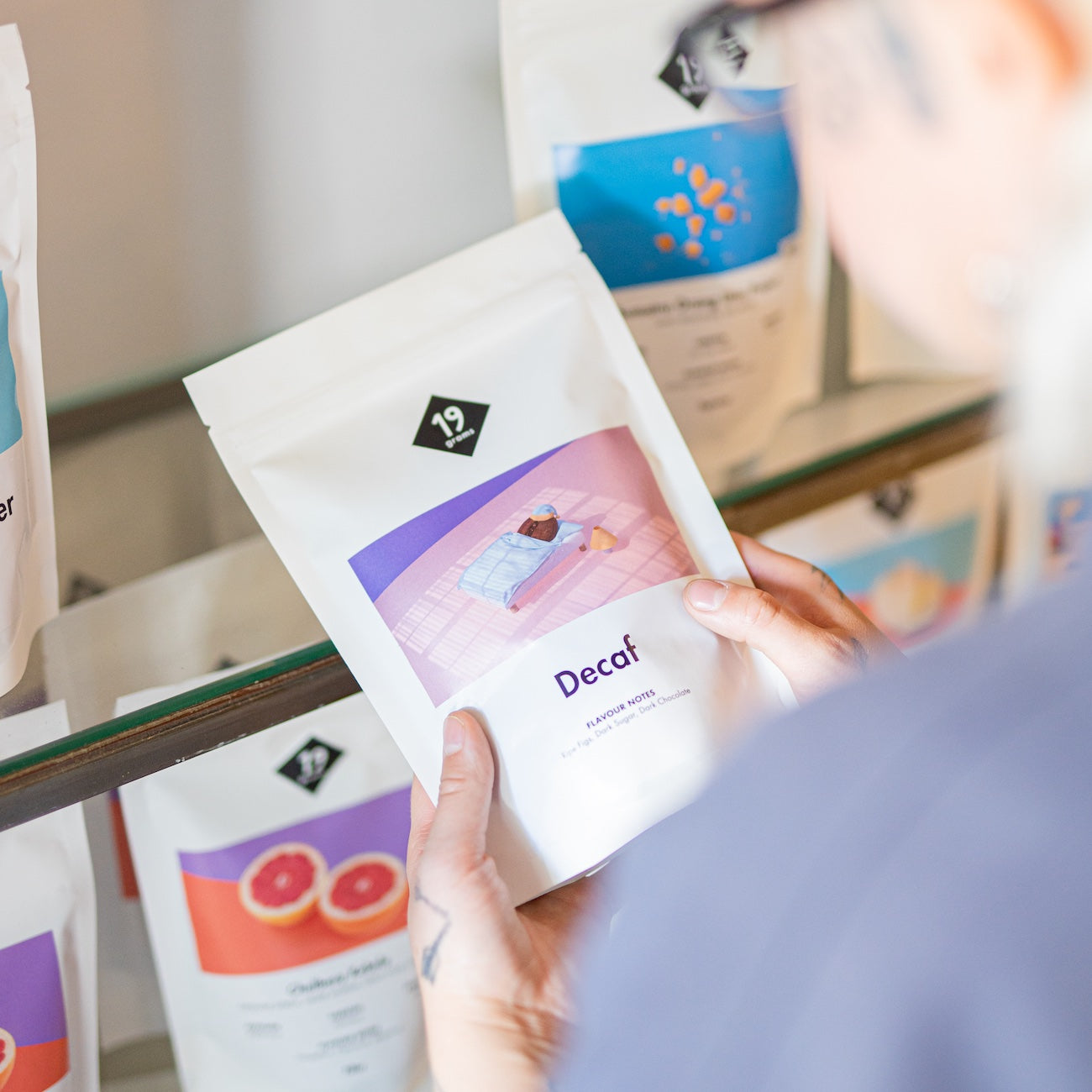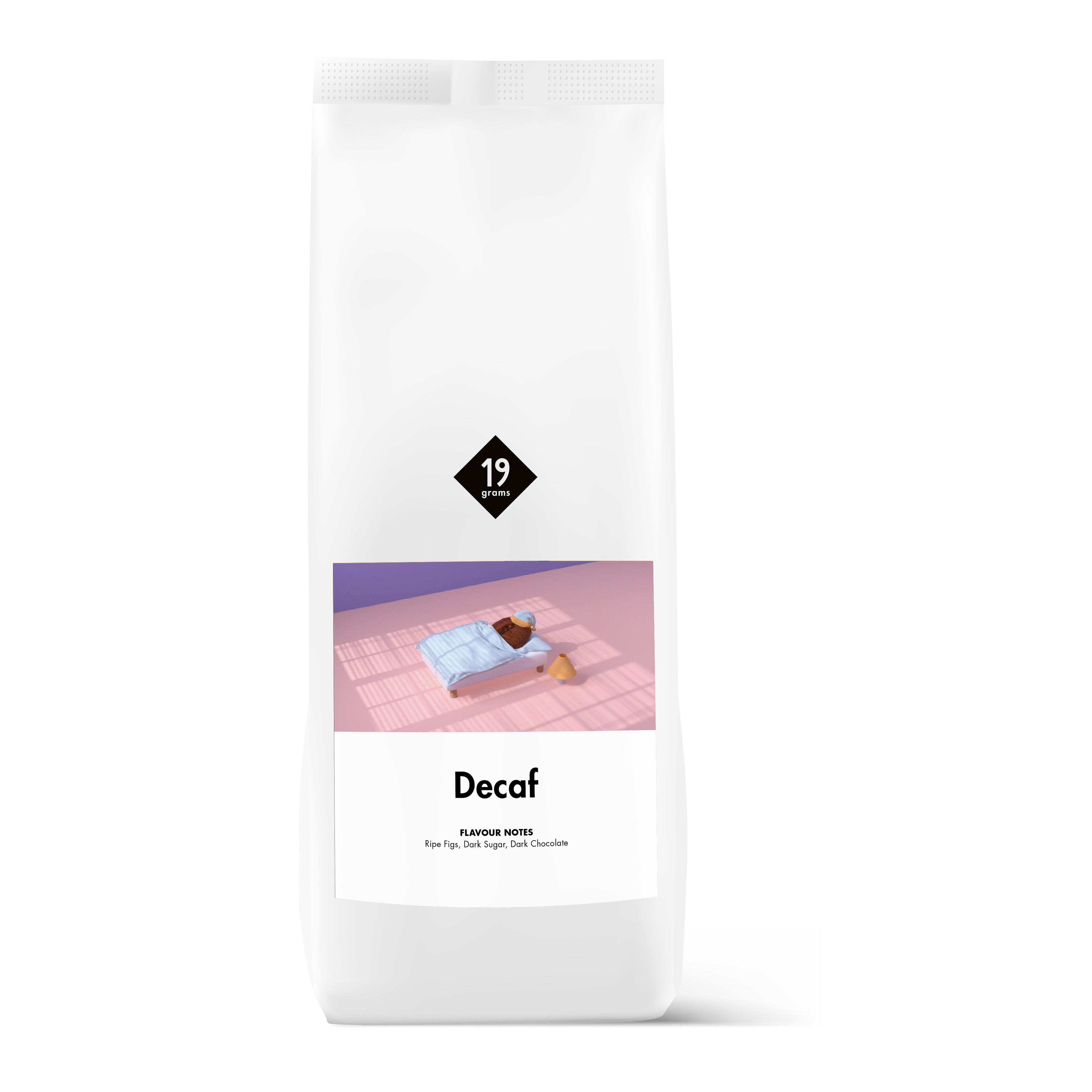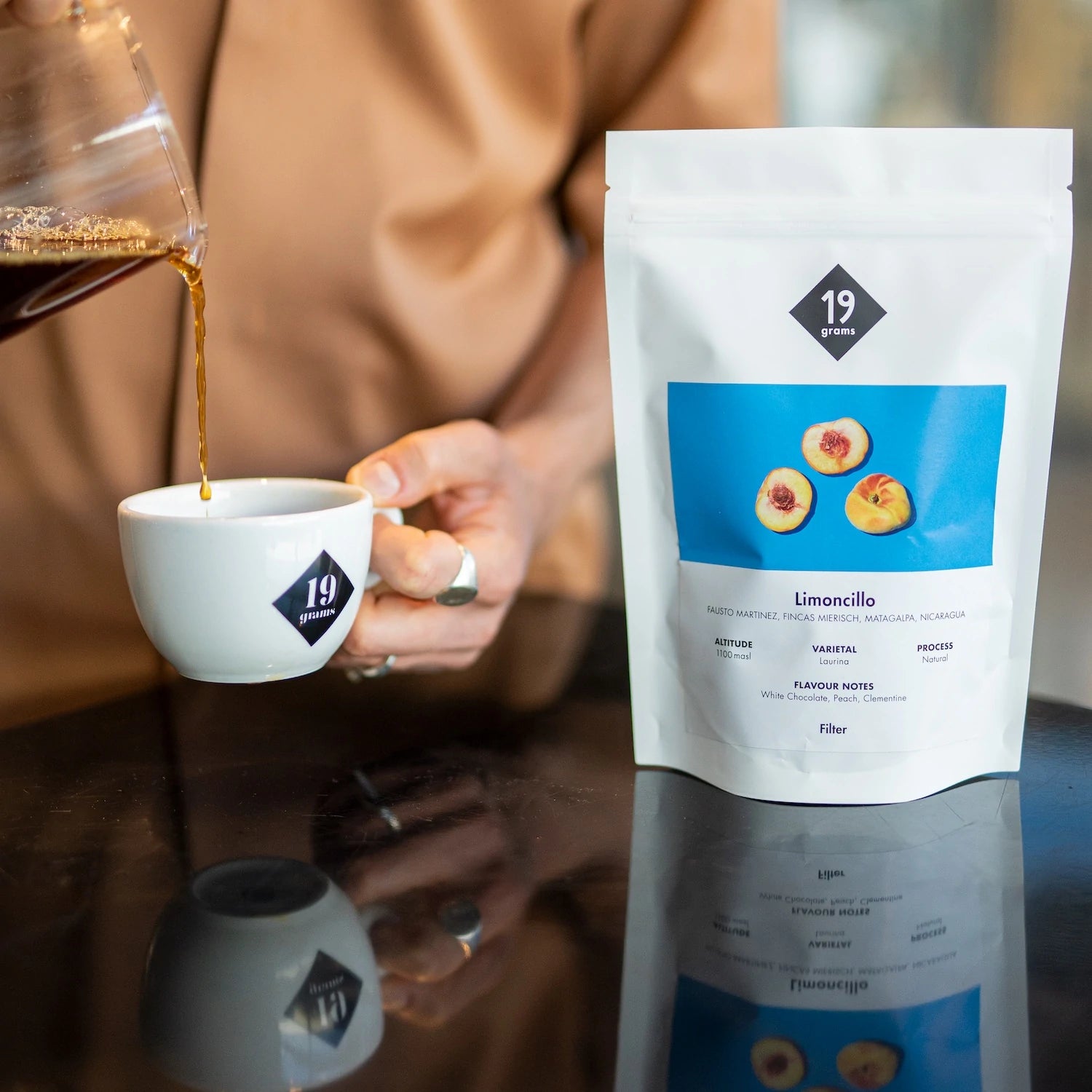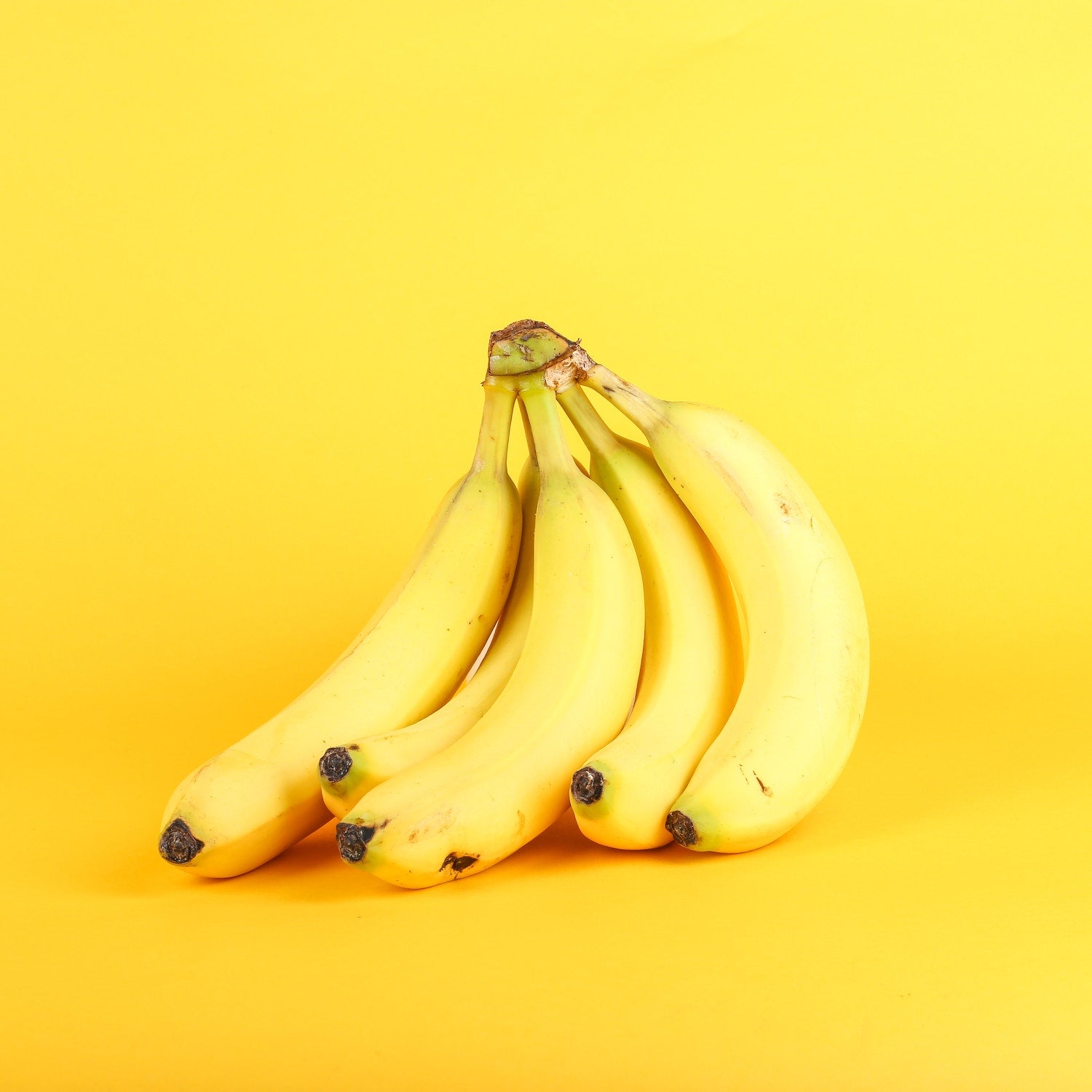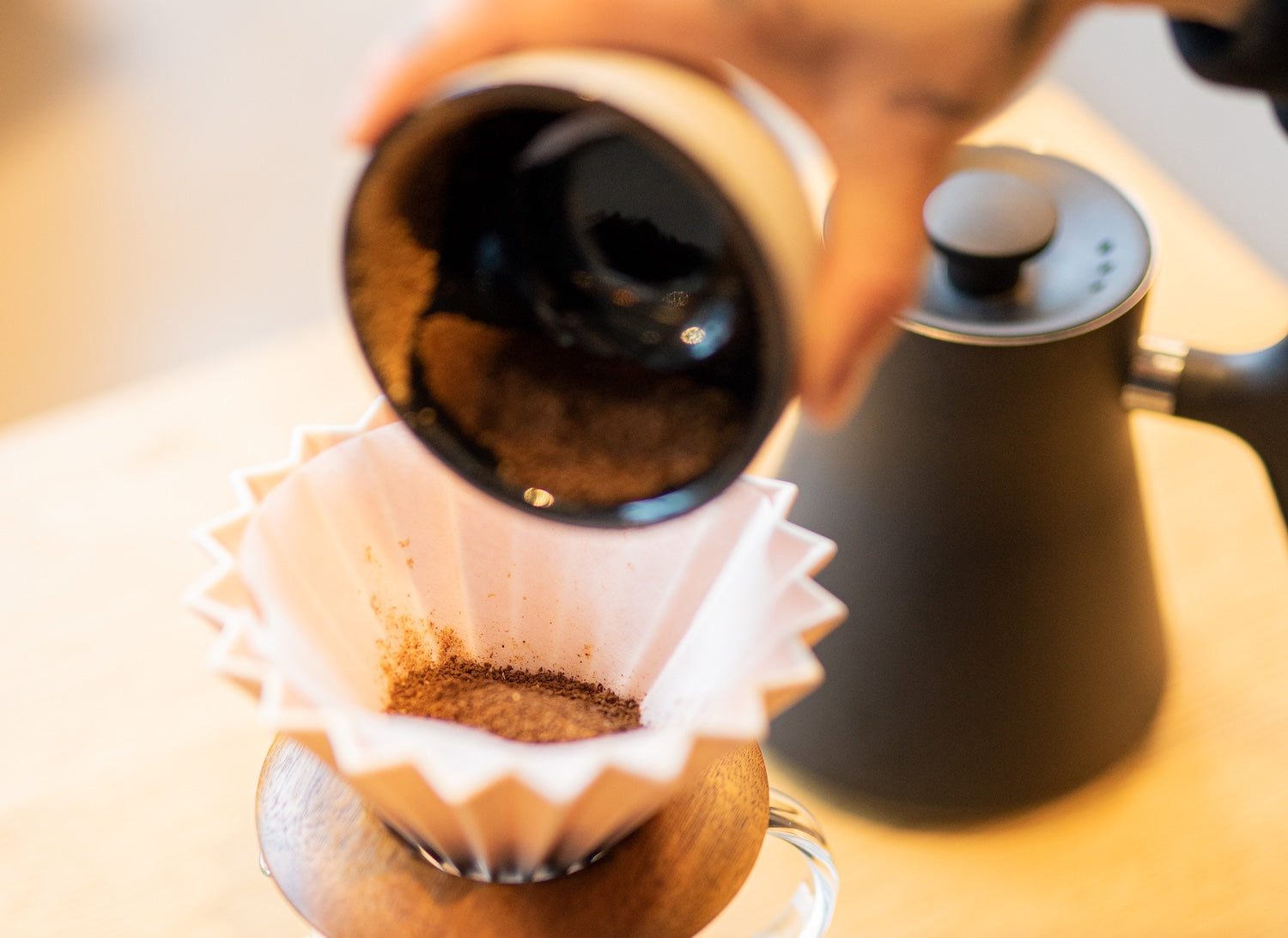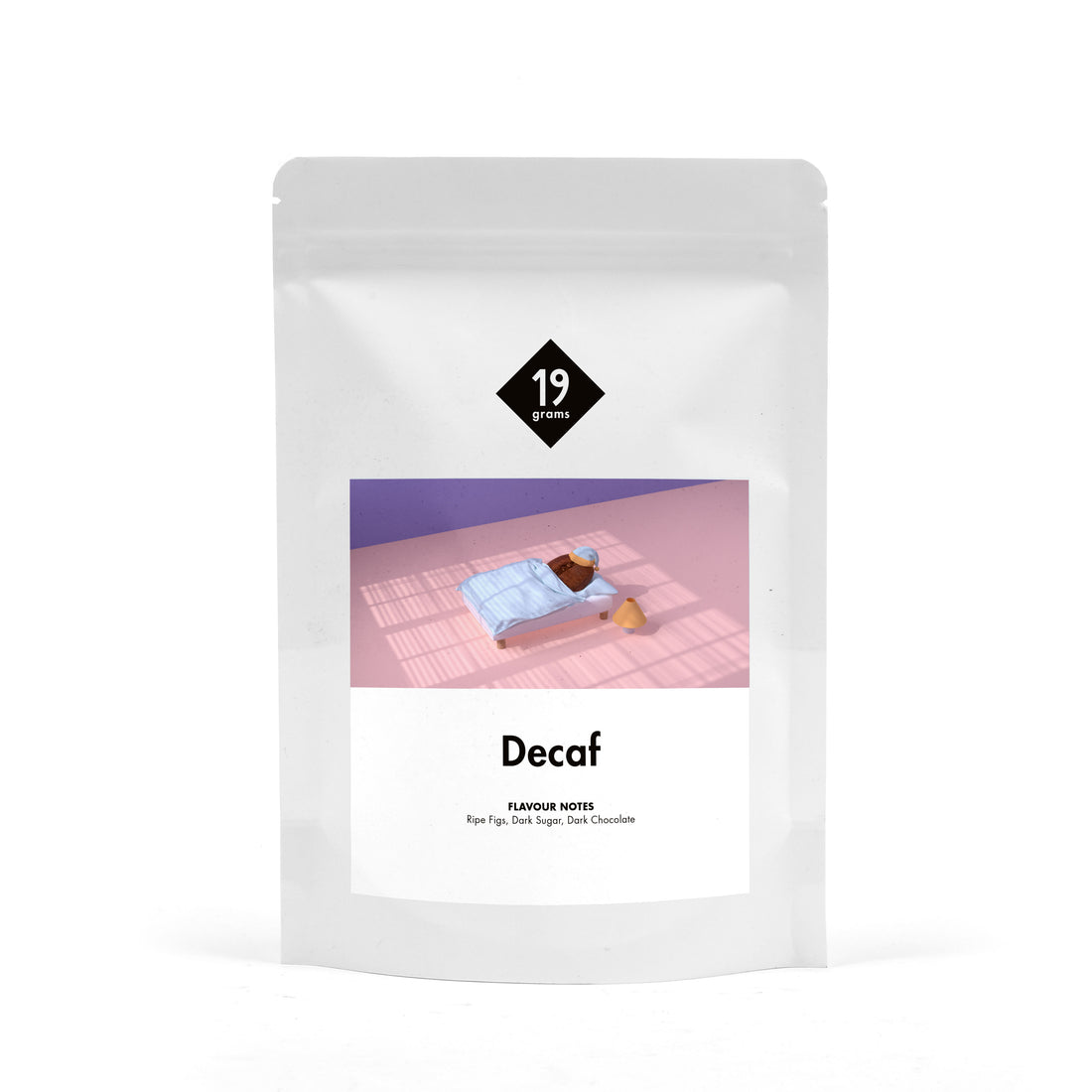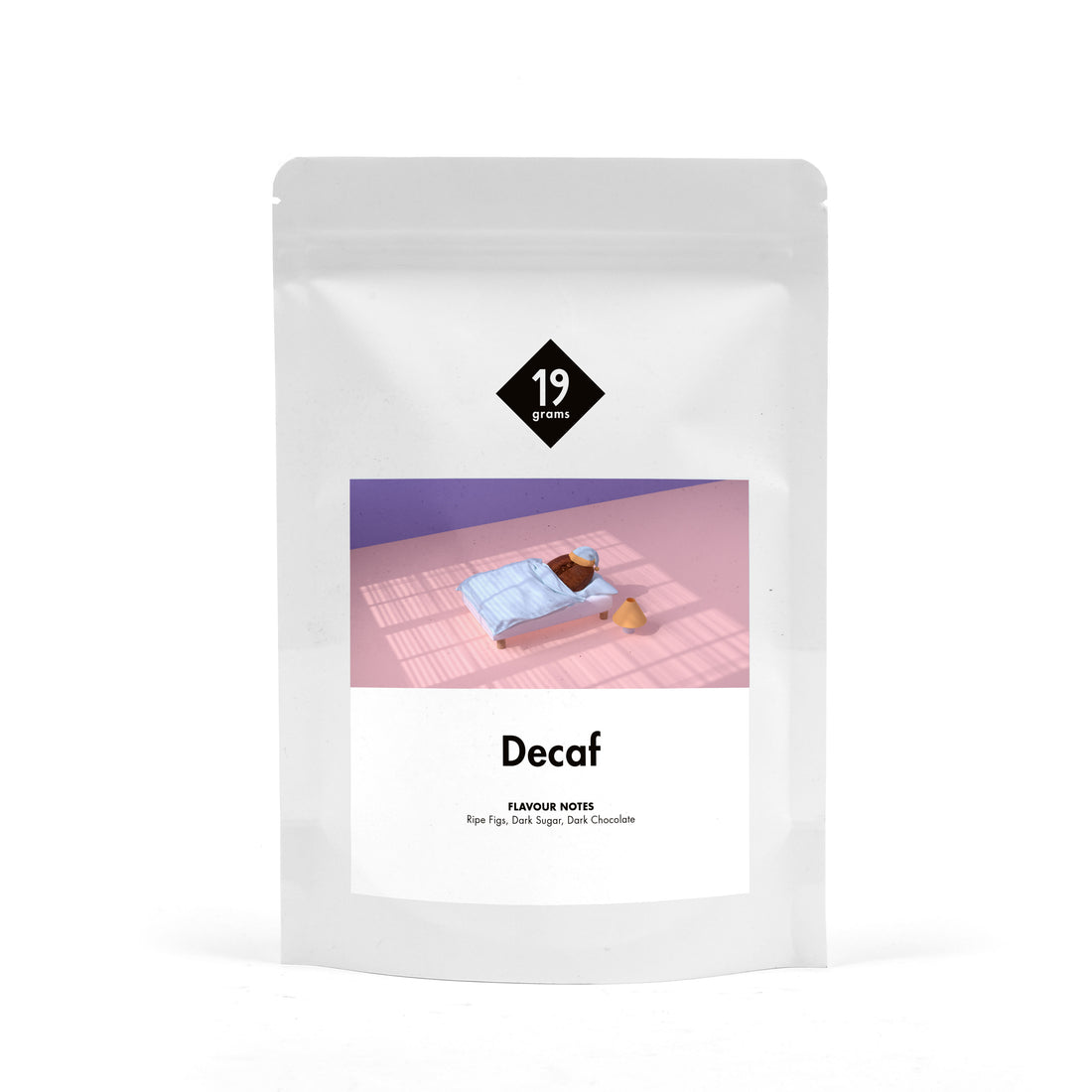Bisher gibt es wenige Kaffee-Varietäten, die auf natürliche Weise kein bis wenig Koffein enthält. Grundsätzlich gilt bei Arabica-Kaffeesorten, dass je höher sie angebaut wurden, desto weniger Koffein enthalten sie. Dennoch liegt der Koffeingehalt - wie oben genannt - bei 1.4-1.6%.
Gesetzlich ist festgelegt, das Entkoffeinierter Kaffee, oder Kaffee, der sich "koffeinfrei" nennt, maximal 0.1% Koffein enthalten darf.
Also muss technisch nachgeholfen werden. Für die Produktion von Decaf wird meist Arabica-Kaffee verwenden, denn mit dem Koffein schwinden auch die Geschmacksstoffe aus dem Kaffee. Da Arabica-Kaffee deutlich leckerere Geschmacksprofile entwickelt als Robusta-Kaffee, werden eher Arabica-Bohnen zur Entkoffeinierung verwendet. Dennoch schmeckt Decaf in der Regel nicht besonders gut.
Das funktioniert in der Regel mit "einfachen chemischen Prozessen".

